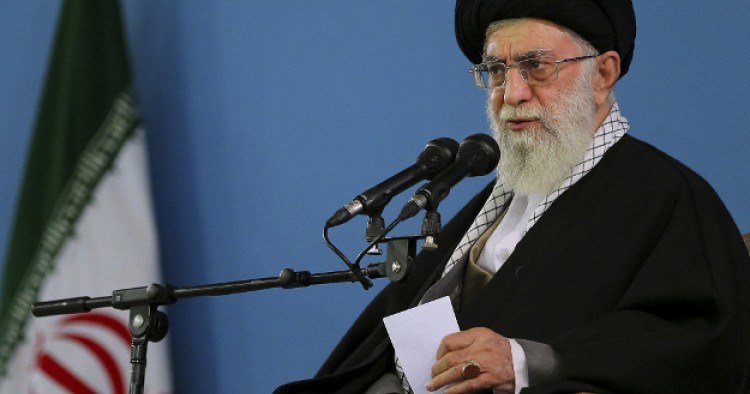This article was first published on Foreign Affairs.
When the Houthis, a Shia rebel group in Yemen, forced the country’s pro-Western president, Abed Rabbo Mansour Hadi, to flee the capital this past January, many in the region concluded that another Arab state had fallen into Tehran’s lap—a result, as one prominent commentator put it, of Iran’s “offensive state, the likes of which we have not seen in modern history.”
That fear, articulated most forcefully by the Gulf states, probably overstates Iran’s role; turf wars have troubled Yemen for decades, and Tehran has never been a kingmaker there. It is true, however, that the Islamic Republic’s footprints have always marked Yemeni soil, even in the days of the Shah, who supported Yemeni fighters against militant Marxists in the 1960s. And that is still the case today. So, even if the coup itself says little about Iran’s regional ambitions, what Tehran does next—or what it doesn’t do—will be telling nonetheless.
The Story Behind the Story
The Islamic Republic first gravitated toward Yemen in the late 1980s, following the conclusion of the Iran–Iraq war. When Yemen and Saudi Arabia fell out in 1990 over Sanaa’s decision to side with Iraq after Saddam Hussein’s invasion of Kuwait, Tehran seized the opportunity to cultivate closer ties.
But Yemen was still too inconsequential to merit much of Iran’s attention, and so Iran’s influence during this period was mostly ideological.
Continue reading on Foreign Affairs.
The Middle East Institute (MEI) is an independent, non-partisan, non-for-profit, educational organization. It does not engage in advocacy and its scholars’ opinions are their own. MEI welcomes financial donations, but retains sole editorial control over its work and its publications reflect only the authors’ views. For a listing of MEI donors, please click here.













